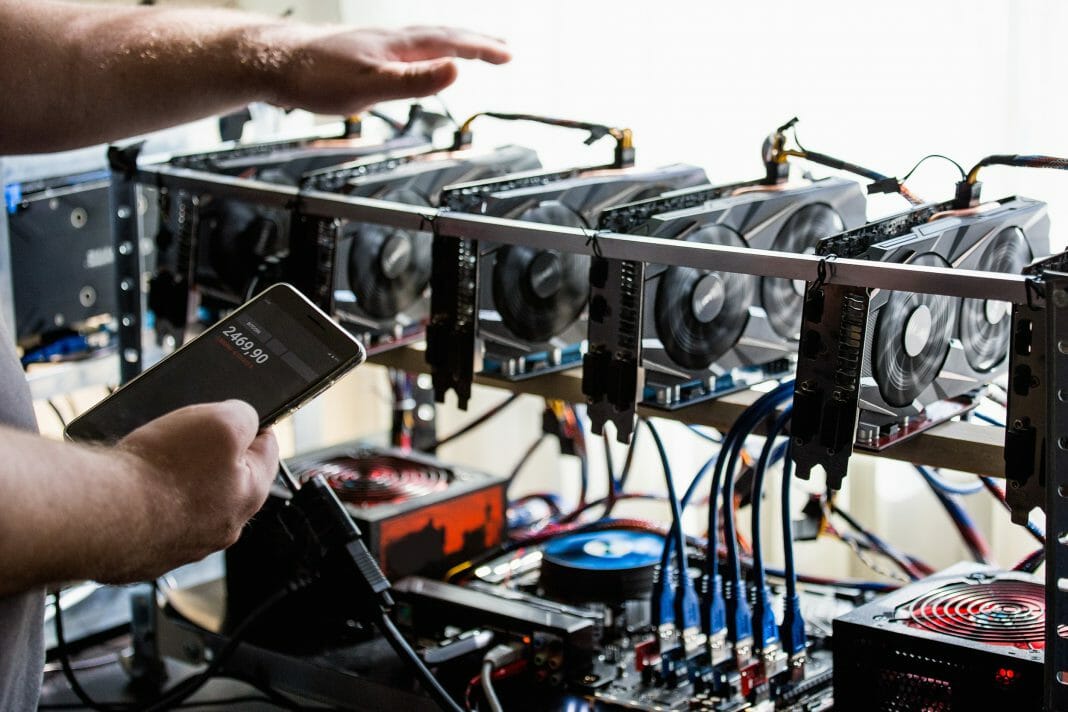Developers want to harm users as little as possible before the merger occurs. This activity had already suffered too much delay.
The difficulty bomb, which will sharpen the final details for Ethereum mining with proof of work (PoW), could get enabled in the first half of August. This procedure is what the network developers would use to make the merger happen.
With the Ethereum difficulty bomb, developers intend to set a difficulty so high that it will become an impossible task to achieve the mining of a new block. This activity will allow proof-of-work mining to stop its activities, which will result in all new blocks getting generated on Ethereum 2.0, which will work on proof-of-stake (PoS) after the combination happens.
The EIP-5133 now appears online but has not yet faced a voting procedure. Its creation date is June 1, and its creators are the developers Tomasz Kajetan Stanczak, Eric Marti Haynes, and Josh Klopfenstein.
According to this new proposal, the difficulty bomb should get enabled before August reaches its first half. The EIP also highlighted that it is possible that the computing power could crash before The Merge occurs; these events need to get considered when setting up the schedule for this period.
This delay got predicted without a definite date. The argument for this postponement was to give the customers, who create the software for the nodes to link with the network, time to get the required updates ready for the merge.
According to Marius Van Wijden, one of the most significant roles in the Ethereum environment, these actions will not impact the work achieved for the merge.
All of the above got debated and agreed upon in the most recent Ethereum Dev Calls, which are meetings that the developers of this network have periodically. These sessions put on-the-table situations linked to the development of the network. The last one so far is that of Friday, June 10, 2022, and can get found in full on YouTube or in written format on GitHub.
Testnets Go Ahead with the Combination Procedure
On the other hand, the developers talk about timelines and procedures to achieve the transition to Ethereum 2.0 while testnets serve as a rehearsal stage so that every detail goes according to plan.
On June 8, the merge got achieved on the Ropsten test net. The test net went from PoW to PoS in the process. The fact was considered a significant advance considering the subsequent tests and the final merger, planned to occur sometime in the year’s second half.
The next stage will rely on generating the Beacon Chain in the Sepolia test net. This action will get carried out on June 20, as Crypto Gucci highlighted via his Twitter account.
The Beacon Chain will take the lead as the original shard of the new blockchain. The main net already counts on its Beacon Chain since 2020, and the goal of 400,000 validators with funds blocked in its smart contract got recently approached.
By: Jenson Nuñez











